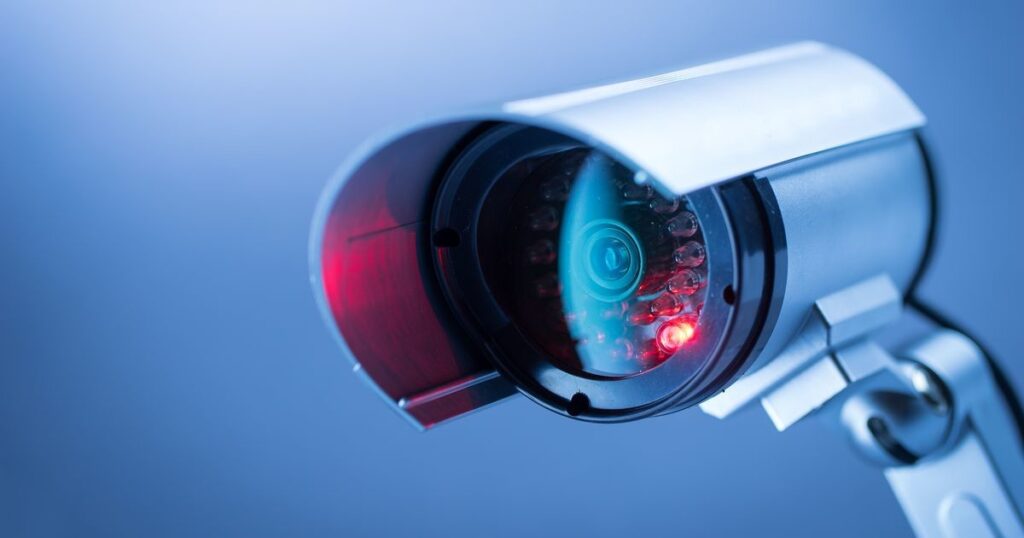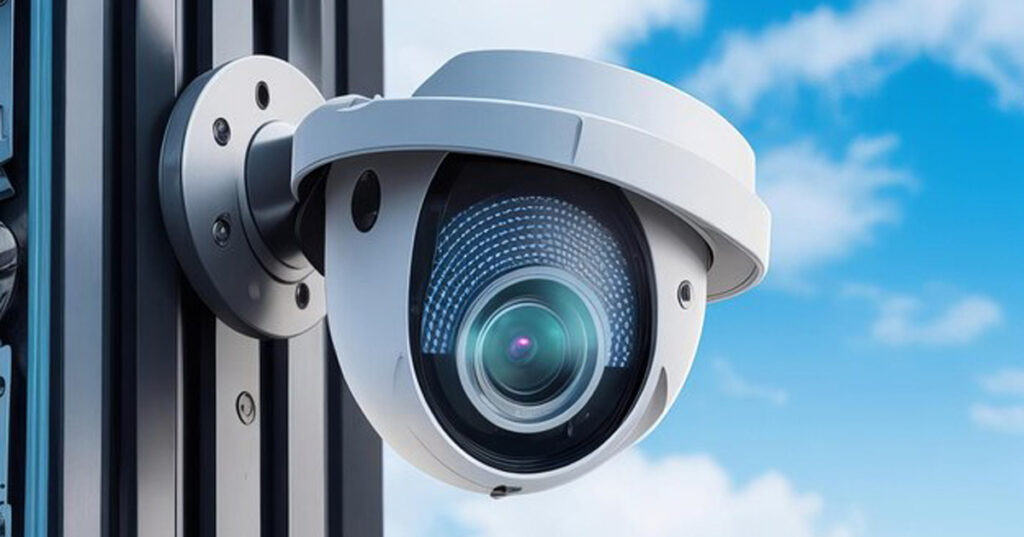Introduction
In today’s dynamic and fast-paced work environments, ensuring the safety and security of employees, assets, and premises is paramount. Employers are constantly seeking innovative solutions to mitigate risks, prevent incidents, and create a secure working environment. Among the most effective tools in their arsenal are Closed-Circuit Television (CCTV) cameras. These sophisticated surveillance systems offer a wide range of benefits that go beyond mere monitoring, significantly enhancing workplace safety and security. In this comprehensive guide, we delve into the various ways CCTV cameras contribute to a safer and more secure workplace environment, empowering employers to protect their workforce and assets effectively.
1. Deterrence of Criminal Activity
The mere presence of CCTV cameras in the workplace acts as a powerful deterrent against criminal activity such as theft, vandalism, and unauthorized access. Knowing that their actions are being monitored and recorded, individuals are less likely to engage in misconduct or unlawful behavior, reducing the risk of security breaches and incidents. This proactive approach not only prevents crimes from occurring but also fosters a culture of accountability and adherence to workplace policies.
2. Real-Time Monitoring and Incident Response
CCTV cameras enable real-time monitoring of critical areas within the workplace, allowing security personnel to promptly respond to potential threats or emergencies. Live video feeds provide instant visibility into ongoing activities, enabling security teams to identify suspicious behavior, address safety hazards, and intervene as necessary. With the ability to monitor multiple locations simultaneously, CCTV cameras enhance situational awareness and facilitate rapid decision-making in crisis situations.
3. Employee Safety and Well-Being
Creating a safe and secure work environment is essential for promoting employee well-being and morale. CCTV cameras help instill a sense of security among employees by providing assurance that their workplace is monitored and protected. Employees feel more confident and comfortable knowing that measures are in place to deter threats and respond to emergencies, resulting in increased productivity and job satisfaction.
4. Prevention of Workplace Incidents and Accidents
CCTV cameras play a crucial role in preventing workplace incidents and accidents by monitoring high-risk areas and identifying potential hazards. From slip-and-fall incidents to equipment malfunctions, CCTV footage can provide valuable insights into the root causes of accidents, allowing employers to implement corrective measures and improve safety protocols. By proactively addressing safety concerns, employers can reduce the likelihood of workplace injuries and liabilities.
5. Evidence Collection and Investigation Support
In the event of workplace incidents or disputes, CCTV cameras serve as invaluable sources of evidence for investigations and legal proceedings. Recorded footage can provide objective documentation of events, aiding in the identification of perpetrators, witnesses, and sequence of events. This evidence not only helps resolve disputes internally but also strengthens the employer’s position in legal disputes or regulatory investigations, minimizing reputational and financial risks.
6. Compliance with Regulatory Requirements
Many industries are subject to strict regulatory requirements governing workplace safety and security. CCTV cameras assist employers in complying with these regulations by providing continuous monitoring and documentation of safety practices and procedures. By demonstrating a commitment to maintaining a safe work environment through the use of CCTV cameras, employers can mitigate regulatory risks and avoid potential fines or penalties.
7. Operational Efficiency and Loss Prevention
Beyond security benefits, CCTV cameras contribute to operational efficiency and loss prevention by deterring employee misconduct, reducing shrinkage, and optimizing workflow. Surveillance footage can help identify inefficiencies in processes, monitor employee performance, and prevent unauthorized access to sensitive areas or assets. By addressing operational challenges proactively, employers can streamline operations, minimize losses, and maximize profitability.
8. Training and Education Opportunities
CCTV cameras offer valuable opportunities for training and education in workplace safety and security. By reviewing surveillance footage of past incidents or near-misses, employers can identify areas for improvement and develop targeted training programs for employees. Additionally, CCTV footage can be used to simulate emergency scenarios during safety drills, allowing employees to practice emergency response procedures in a controlled environment.
Conclusion
In conclusion, CCTV cameras play a crucial role in enhancing workplace safety and security, providing employers with a powerful tool to monitor, protect, and safeguard their workforce and assets. From deterring criminal activity and promoting employee well-being to facilitating incident response and compliance with regulatory requirements, CCTV cameras offer a multitude of benefits that contribute to a safer and more secure work environment. By investing in comprehensive surveillance systems and leveraging advanced technology, employers can create a workplace where safety is prioritized, risks are minimized, and productivity thrives.


